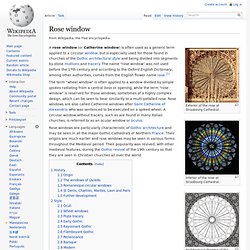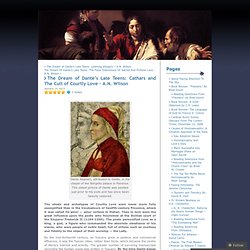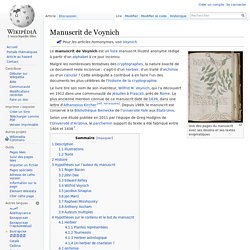

Lost Techs of Ancient Rome and Renaissance England. Rose window. Exterior of the rose at Strasbourg Cathedral.

Interior of the rose at Strasbourg Cathedral. A rose window (or Catherine window) is often used as a generic term applied to a circular window, but is especially used for those found in churches of the Gothic architectural style and being divided into segments by stone mullions and tracery. The name “rose window” was not used before the 17th century and according to the Oxford English Dictionary, among other authorities, comes from the English flower name rose.[1] The term “wheel window” is often applied to a window divided by simple spokes radiating from a central boss or opening, while the term “rose window” is reserved for those windows, sometimes of a highly complex design, which can be seen to bear similarity to a multi-petalled rose. Rose windows are also called Catherine windows after Saint Catherine of Alexandria who was sentenced to be executed on a spiked wheel.
History[edit] Origin[edit] Small circular windows such as that at S. The Dream of Dante’s Late Teens: Cathars and The Cult of Courtly Love – A.N. Wilson. Dante Alighieri, attributed to Giotto, in the chapel of the Bargello palace in Florence.

This oldest picture of Dante was painted just prior to his exile and has since been heavily restored. The ideals and archetypes of Courtly Love were never more fully exemplified than in the troubadours of twelfth-century Provence, where it was called fin’amor — amor cortese in Italian. They in turn were the great influence upon the poets who flourished at the Sicilian court of the Emperor Frederick II (1194-1250). The poets personified Love as a king, a god, a figure who commanded the absolute obedience of his slaves, who were people of noble heart, full of virtues such as courtesy and fidelity to the object of their worship — the Lady. By the mid-thirteenth century, as Tuscany grew in political and commercial affluence, it was the Tuscan cities, rather than Sicily, which became the centre of literary interest and activity. A Crusade was then proclaimed. Like this: Like Loading... Manuscrit de Voynich. Un article de Wikipédia, l'encyclopédie libre.

Pour les articles homonymes, voir Voynich. Une des pages du manuscrit avec ses dessins et ses textes énigmatiques Malgré les nombreuses tentatives des cryptographes, la nature exacte de ce document reste inconnue : s'agit-il d'un herbier, d'un traité d'alchimie ou d'un canular ? Cette ambiguïté a contribué à en faire l'un des documents les plus célèbres de l'histoire de la cryptographie. Le livre tire son nom de son inventeur, Wilfrid M. Selon une étude publiée en 2011 par l'équipe de Greg Hodgins de l'Université d'Arizona, le parchemin support du texte a été fabriqué entre 1404 et 1438[1].
Description[modifier | modifier le code] Le codex est constitué de 234 pages de 15 cm de large et 23 cm de haut. Illustrations[modifier | modifier le code] Les illustrations dans le manuscrit donnent peu d'indications sur son contenu exact mais permettent d'identifier une demi-douzaine de sections consacrées à des sujets différents avec un style qui varie. San Agustin Images Et Photos. Town Chronicles in the Holy Roman Empire: Legitimacy and Historical Construction. – January 10, 2009Posted in: Articles Town Chronicles in the Holy Roman Empire: Legitimacy and Historical Construction By Ernst Reigg Paper given at The Contours of Legitimacy in Central Europe: New Approaches in Graduate Studies (2002) Synopsis: Examines the historiography of the town chronicles in Germany from the Middle Ages to the 18th century, to examine their relationship with the Holy Roman Empire.

Introduction: Within the patchwork rug called the Holy Roman Empire legitimacy was a multi-polar problem as the empire was a multi-polar organism. Click here to read this article from the University of Oxford <A HREF=" Widgets</A>